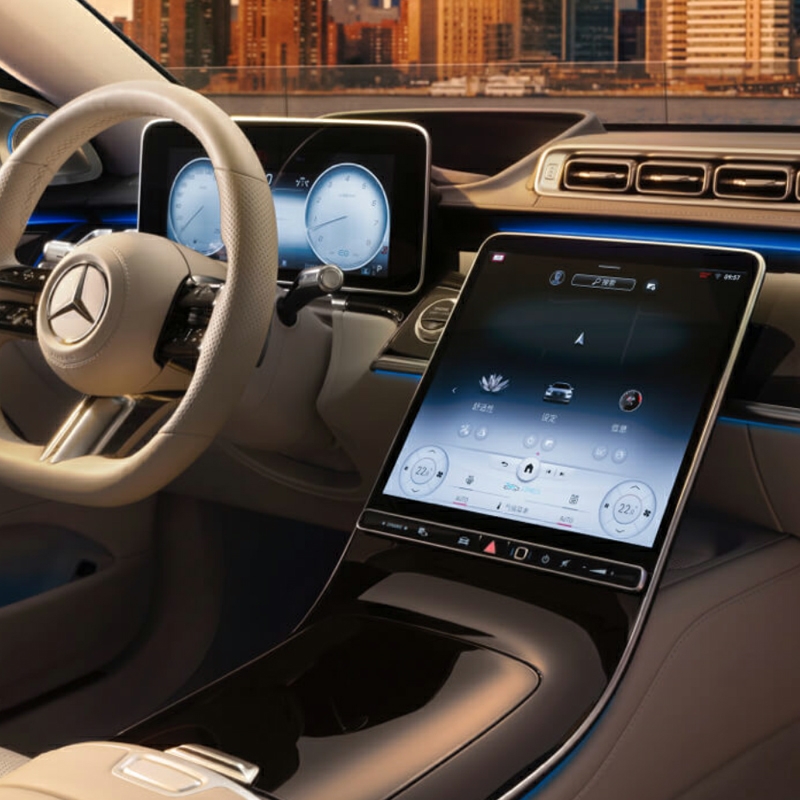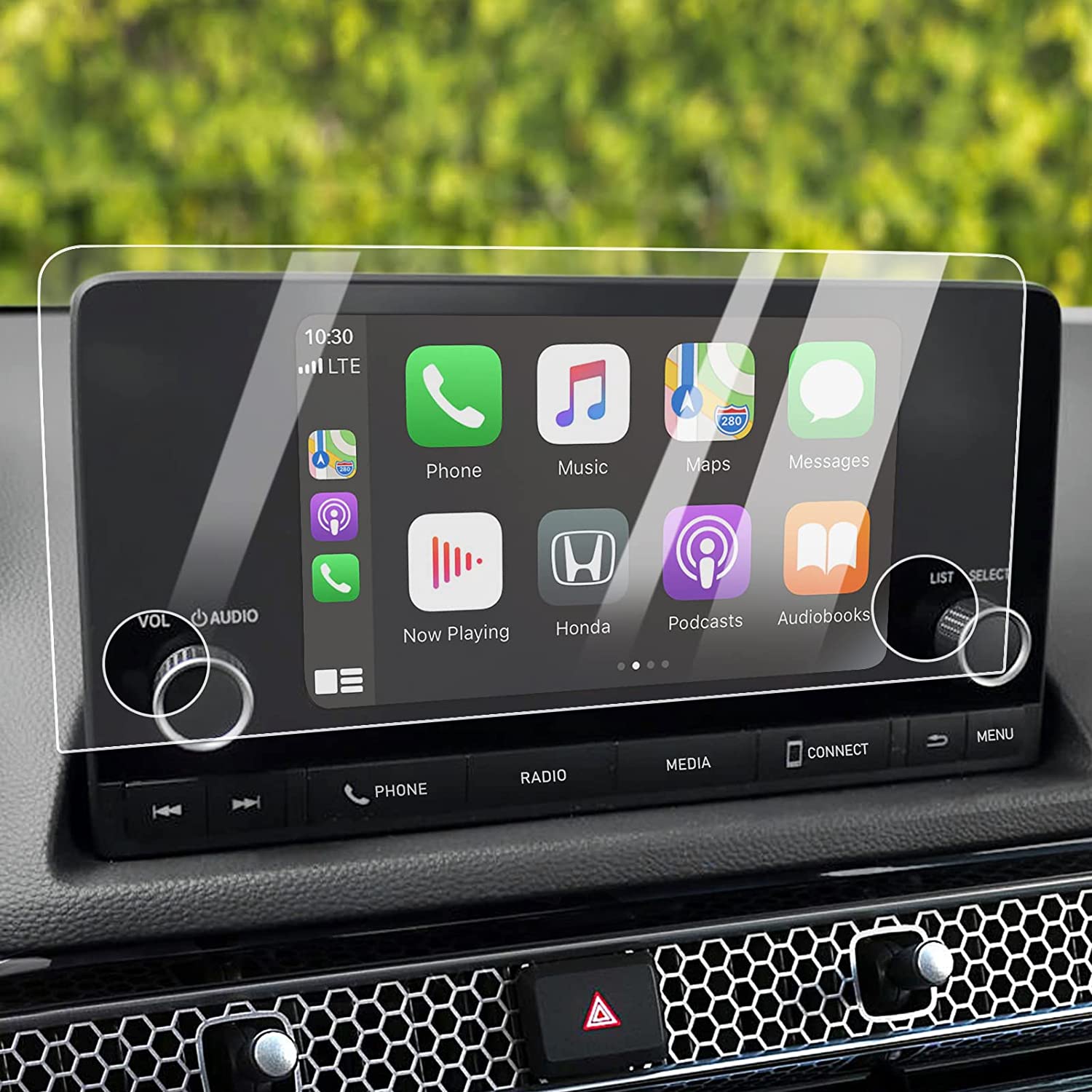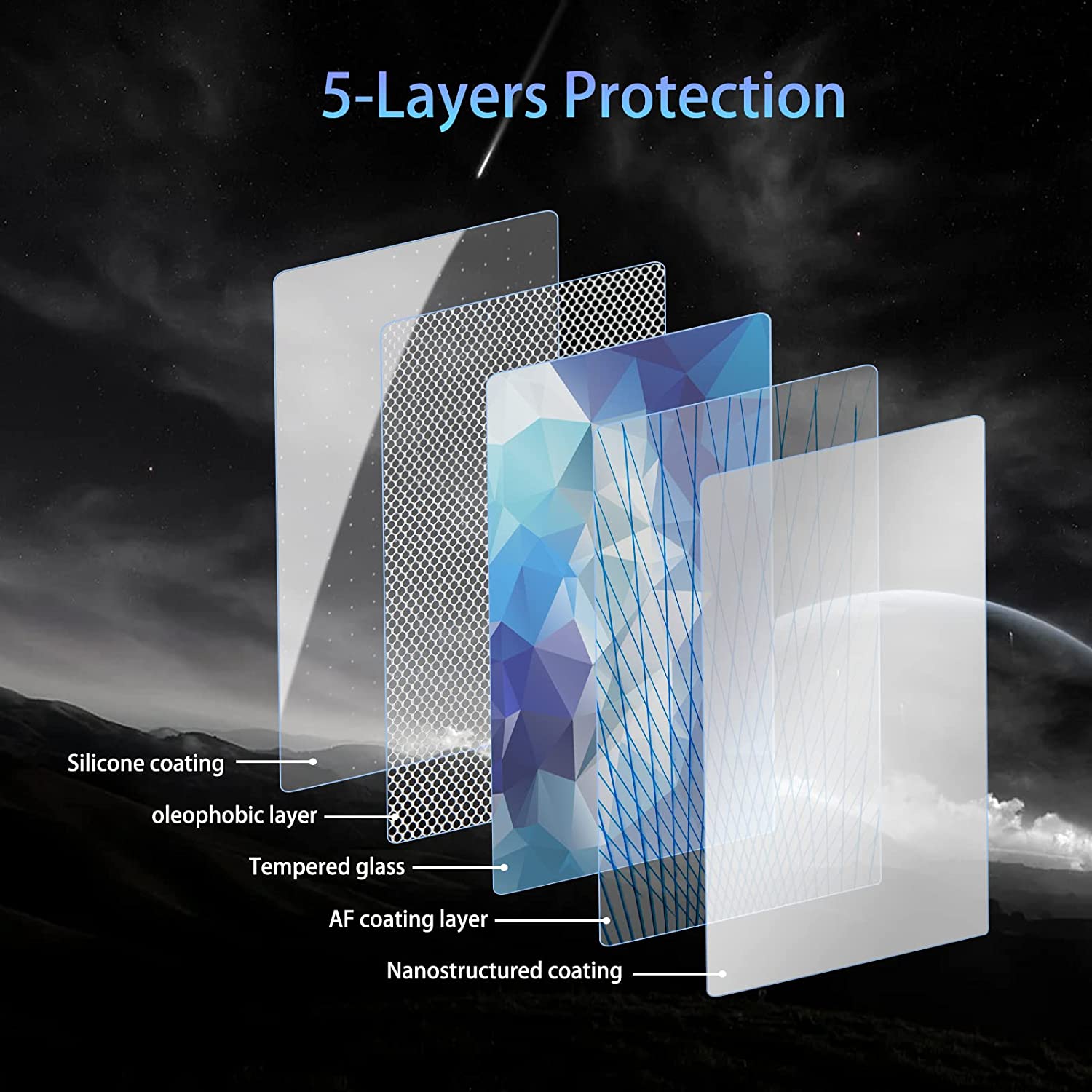
Does a Screen Protector Work Well?
Índice
Resumen
While advancements in screen technology, such as Ceramic Shield and Gorilla Glass, provide impressive durability, screen protectors can still offer an extra layer of security.Whether you choose a tempered glass, TPU, or PET protector, investing in a screen protector is a smart decision for anyone looking to keep their phone in top condition. By understanding the different types of protectors and their benefits, you can choose the best option for your needs.
1. ¿Qué es un protector de pantalla y por qué necesitas uno?
Screen protectors are essential accessories for smartphones. They are designed to shield your phone’s screen from scratches, cracks, and other forms of damage. But do you really need one? The answer depends on how you use your phone and your lifestyle. If you’re someone who frequently drops their phone or carries it in a bag with keys and other sharp objects, a screen protector can be a lifesaver.Screen protectors are made from various materials, each offering different levels of protection. They can help maintain the resale value of your phone by keeping the screen in pristine condition. Moreover, they provide peace of mind, knowing that your screen is protected from everyday wear and tear.2. Types of Screen Protectors: Which is Best for You?
There are several types of screen protectors available, each with its own set of benefits and drawbacks. Cristal templado protectors are popular for their durability and clarity. They offer excellent protection against scratches and minor drops. TPU (poliuretano termoplástico) protectors are flexible and offer good protection against scratches, but they may not be as clear as glass protectors. PET (tereftalato de polietileno) protectors are thin and lightweight, offering basic protection against scratches.When choosing a screen protector, consider your needs and preferences. If you prioritize clarity and durability, tempered glass might be the best option. If you prefer something lightweight and flexible, TPU or PET protectors could be more suitable.
3. Tempered Glass vs. Gorilla Glass: What’s the Difference?
Cristal templado screen protectors are made by heating glass to high temperatures and then cooling it rapidly. This process makes the glass stronger and more resistant to impact. Gorilla Glass, on the other hand, is a type of chemically strengthened glass used in many smartphone screens. It is designed to be thin, light, and resistant to scratches and impacts.While both tempered glass and Gorilla Glass offer excellent protection, they serve different purposes. Tempered glass protectors are an additional layer of protection, while Gorilla Glass is built into the phone’s screen. Using both can provide maximum protection for your device.4. The Rise of Ceramic Shield: Is It a Game Changer?
Apple’s Ceramic Shield, introduced with the iPhone 15, is a new type of glass that incorporates ceramic crystals for added strength. Apple claims that Ceramic Shield offers four times better drop performance than previous iPhone models. But does this mean you no longer need a screen protector?While Ceramic Shield is undoubtedly a significant advancement in screen technology, it doesn’t make screen protectors obsolete. Screen protectors can still provide an extra layer of protection against scratches and minor impacts, ensuring your phone stays in top condition.5. Do You Really Need a Screen Protector for Your iPhone 15?
With the introduction of Ceramic Shield, many iPhone users are questioning the necessity of screen protectors. While Ceramic Shield offers impressive protection, it is not invincible. Screen protectors can still help prevent scratches and minor damage, especially if you frequently carry your phone in a pocket or bag with other items.Ultimately, whether you need a screen protector for your iPhone 15 depends on your usage habits and how much protection you want for your device. If you want to ensure your phone remains in pristine condition, a screen protector is a wise investment.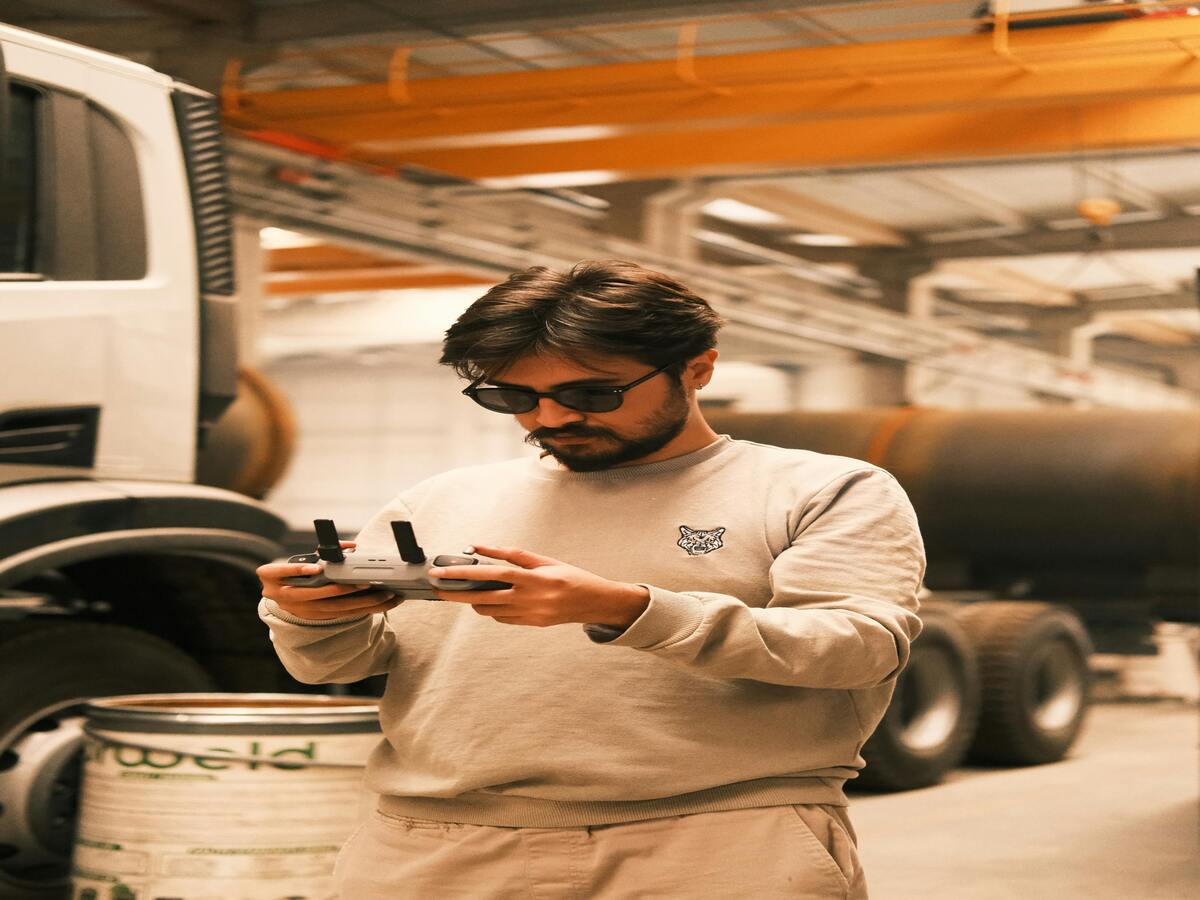
6. Impact Protection: How Much Can a Screen Protector Really Do?
Screen protectors are often marketed for their impact protection capabilities. But how much protection do they really offer? The answer depends on the type of screen protector you choose. Cristal templado protectors are known for their ability to absorb impact and prevent cracks, while TPU protectors offer flexibility and shock absorption.While screen protectors can help reduce the risk of damage from minor drops and impacts, they are not a substitute for a sturdy phone case. For maximum protection, consider using a screen protector in conjunction with a durable case.7. The Best Screen Protectors for Smartphones: Our Top Picks
When it comes to choosing a screen protector, there are many options available. Some of the best screen protectors on the market include:- amFilm Tempered Glass: Known for its durability and clarity, amFilm offers excellent protection against scratches and impacts.
- Spigen NeoFlex: A flexible TPU protector that provides good scratch resistance and is easy to apply.
- ZAGG InvisibleShield: Offers advanced protection with self-healing technology to repair minor scratches.
8. How to Apply a Screen Protector Without Bubbles
Applying a screen protector can be a daunting task, especially if you’re worried about bubbles. Here’s a step-by-step guide to help you apply your screen protector perfectly:- Limpiar la pantalla: Use a microfiber cloth and cleaning solution to remove any dust and fingerprints from your screen.
- Alinear el protector: Carefully align the screen protector with your phone’s screen, making sure all edges are lined up.
- Aplicar el protector: Slowly lower the protector onto the screen, starting from one edge and working your way across.
- Eliminar burbujas: Use a credit card or similar object to gently push out any bubbles, starting from the center and moving towards the edges.
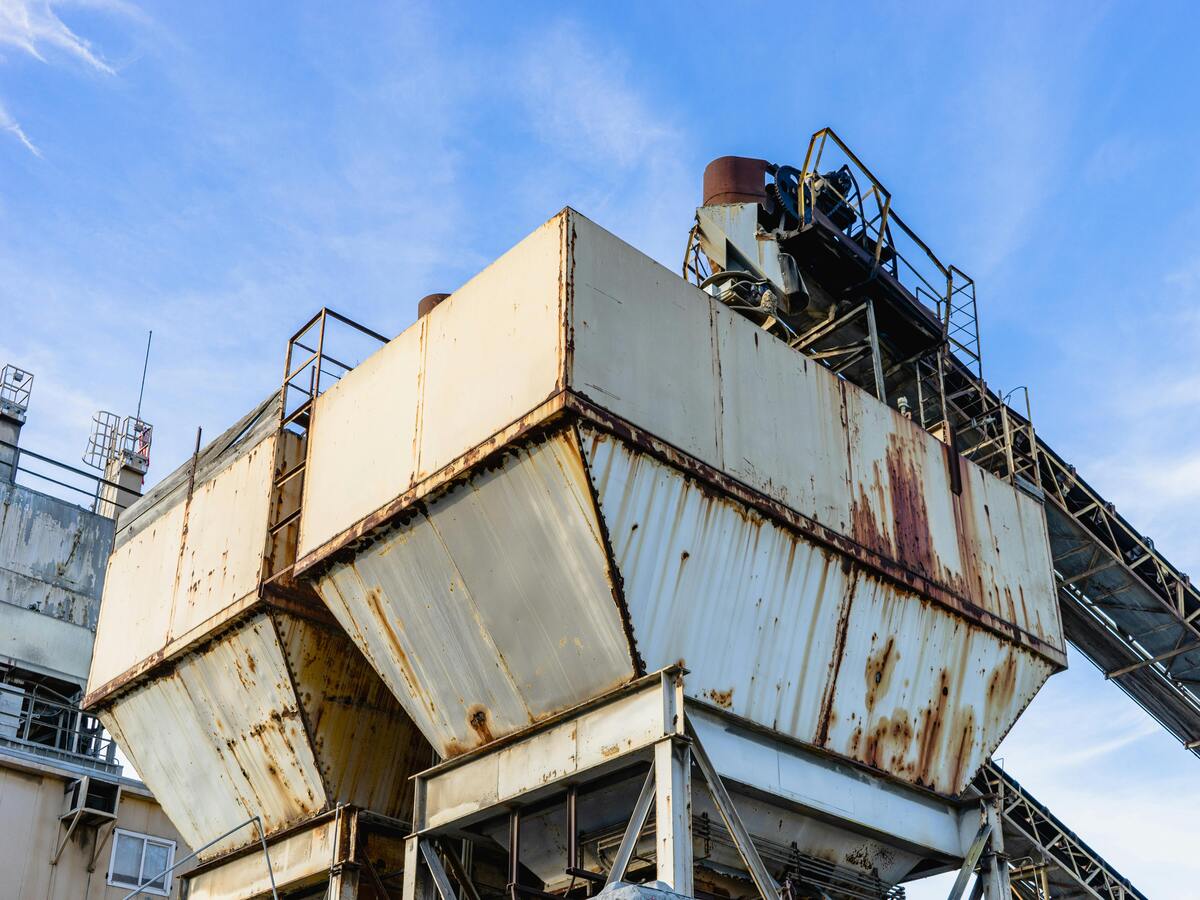
9. Common Myths About Screen Protectors Debunked
There are many myths surrounding screen protectors, and it’s important to separate fact from fiction. Here are some common misconceptions:- Myth: Screen protectors reduce touch sensitivity. While some low-quality protectors may affect touch sensitivity, high-quality protectors are designed to maintain the screen’s responsiveness.
- Myth: Screen protectors are unnecessary with Gorilla Glass. While Gorilla Glass is durable, it is not scratch-proof. A screen protector can provide an extra layer of protection.
- Myth: All screen protectors are the same. Screen protectors vary in quality and material, so it’s important to choose one that meets your needs.
Comentarios
Etiquetas
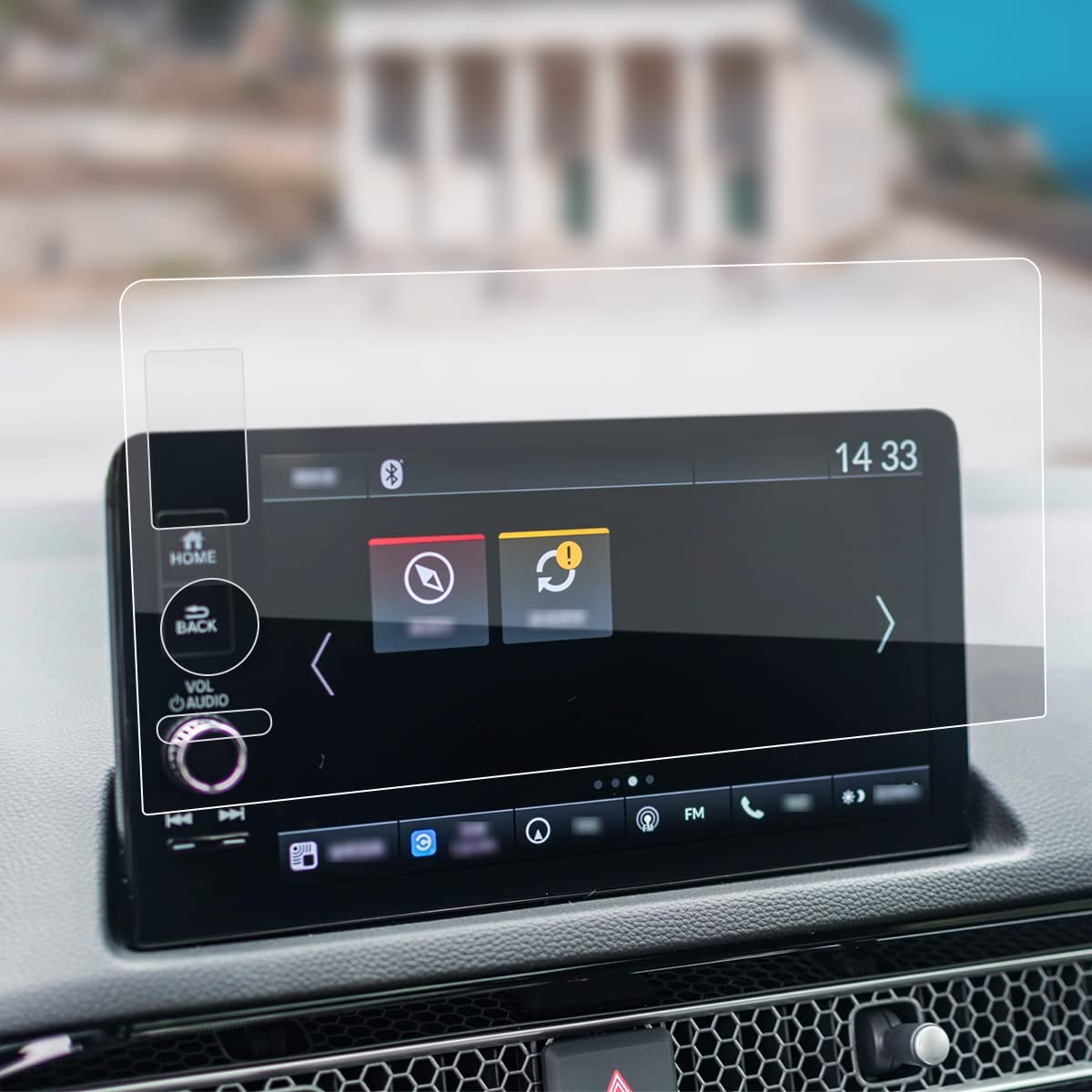
Honda Acura Integra 2023 Navigation Tempered Glass
Get the best 2023 Integra Tempered Glass screen protector. Ultra-clear and designed to maintain the touch sensitivity of your navigation display.

Cómo limpiar y mantener el protector de pantalla para una protección duradera
La limpieza y el mantenimiento regulares de su protector de pantalla son esenciales para garantizar la protección y claridad a largo plazo de la pantalla de su dispositivo.
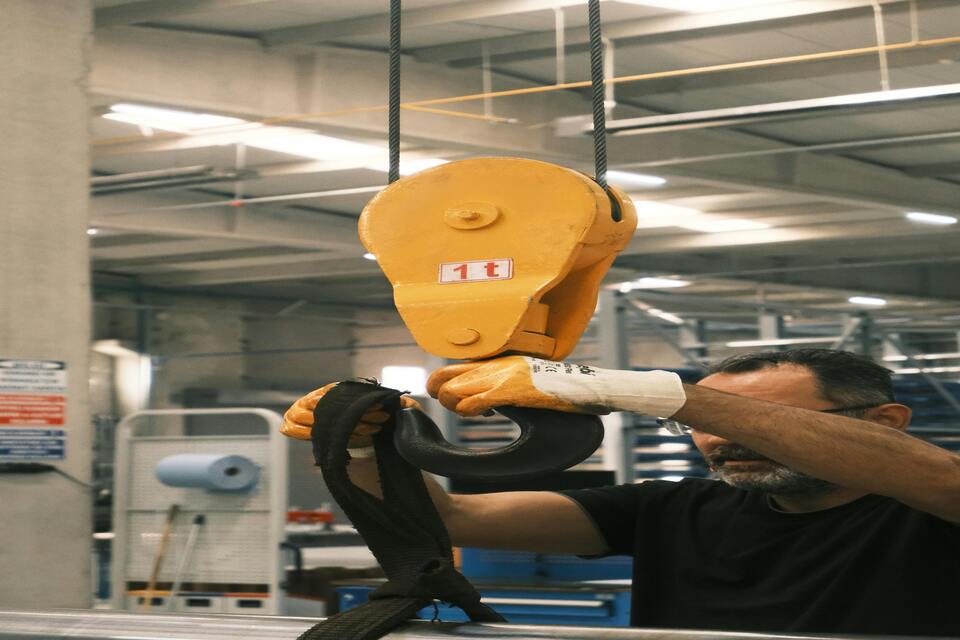
¿Valen la pena los protectores de pantalla tipo papel?
Esta guía ha cubierto todo lo que necesita saber sobre los protectores de pantalla Paperlike para iPad.

How to Put a Screen Protector?
By following these steps, you can confidently install a screen protector on your smartphone, ensuring it remains protected and looking new.

2014-2019 Infiniti Q50 Navigation Tempered Glass
Get the best Infiniti Q50 InTouch Screen Protectors.Scratch-resistant tempered glass designed to maintain the touch sensitivity of your dual displays.
Encuentre Todos los conocimientos y tendencias de nuestro blog, obtenga el precio al por mayor y la mejor calidad de nuestra fábrica.

Qué máquina de corte de película y su aplicación
Las cortadoras de película han desempeñado un papel crucial en la evolución del cine y de diversos procesos industriales al permitir el corte y empalme precisos de materiales de película.

¿Qué es una máquina cortadora de protectores de pantalla?
Una cortadora de protectores de pantalla es un dispositivo especializado diseñado para producir protectores de pantalla a medida para diversos dispositivos electrónicos, como smartphones, tabletas, smartwatches, portátiles y monitores.

Cómo funciona la máquina de corte de protector de pantalla de teléfono móvil?
Una máquina cortadora de protectores de pantalla para teléfonos móviles es un sofisticado dispositivo diseñado
fabricar protectores de pantalla personalizados para diversos dispositivos digitales con alta preci
y eficiencia.

Características del cristal templado para teléfonos móviles y del protector de pantalla de TPU para teléfonos móviles
Los protectores de pantalla de poliuretano termoplástico (TPU) son flexibles, duraderos y
películas plásticas autorreparadoras diseñadas para proteger las pantallas de los dispositivos electrónicos de
arañazos, golpes y otros posibles daños.

Revolucione la protección de sus dispositivos con la cortadora de protectores de pantalla
Tanto si tienes un smartphone, una tableta o un smartwatch, esta versátil máquina se adapta a una amplia gama de dispositivos. Se adapta perfectamente a las dimensiones de tu gadget, ofreciendo un ajuste personalizado que los protectores genéricos no pueden igualar.

Protector de pantalla Garantía de por vida
La garantía de por vida de un protector de pantalla es una garantía proporcionada por los fabricantes que
se compromete a reparar o sustituir un protector de pantalla durante toda la vida útil del producto, en condiciones específicas.

